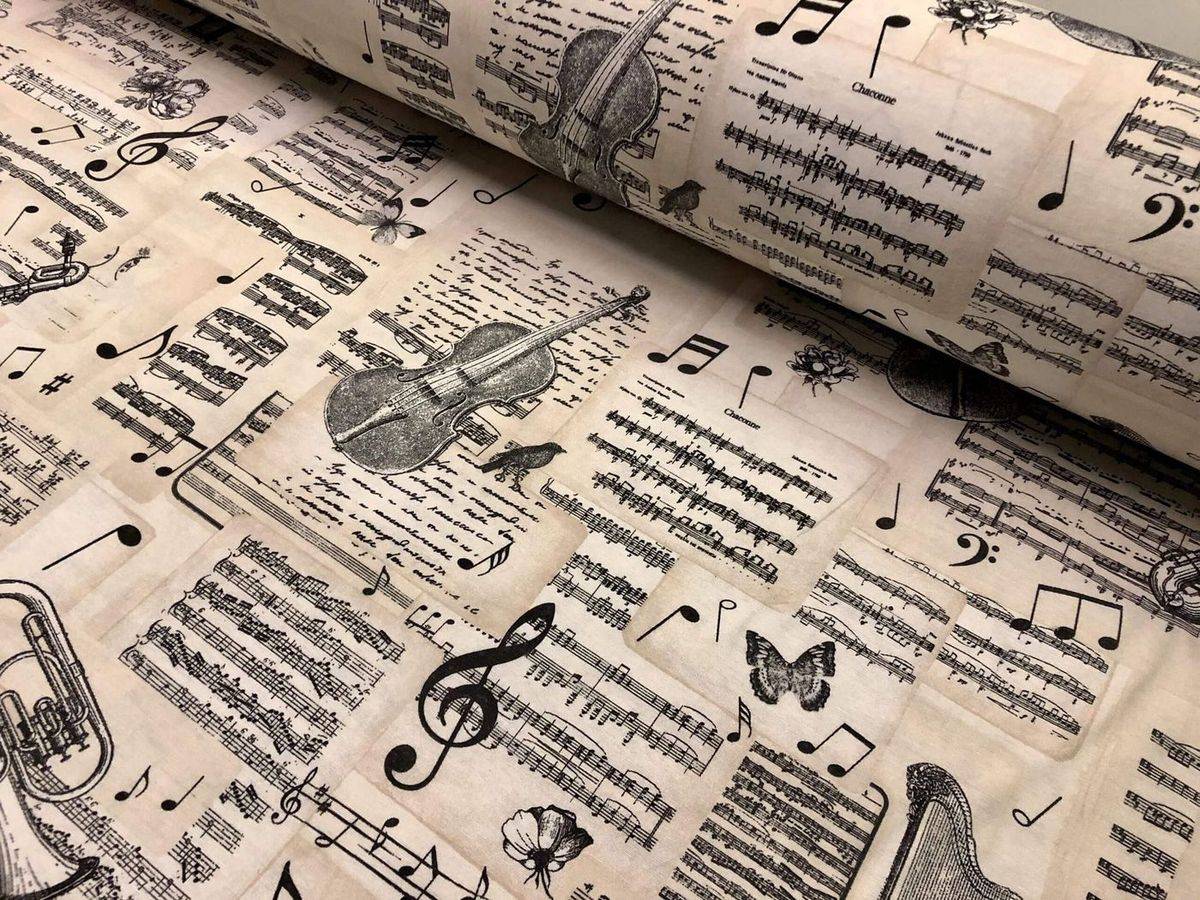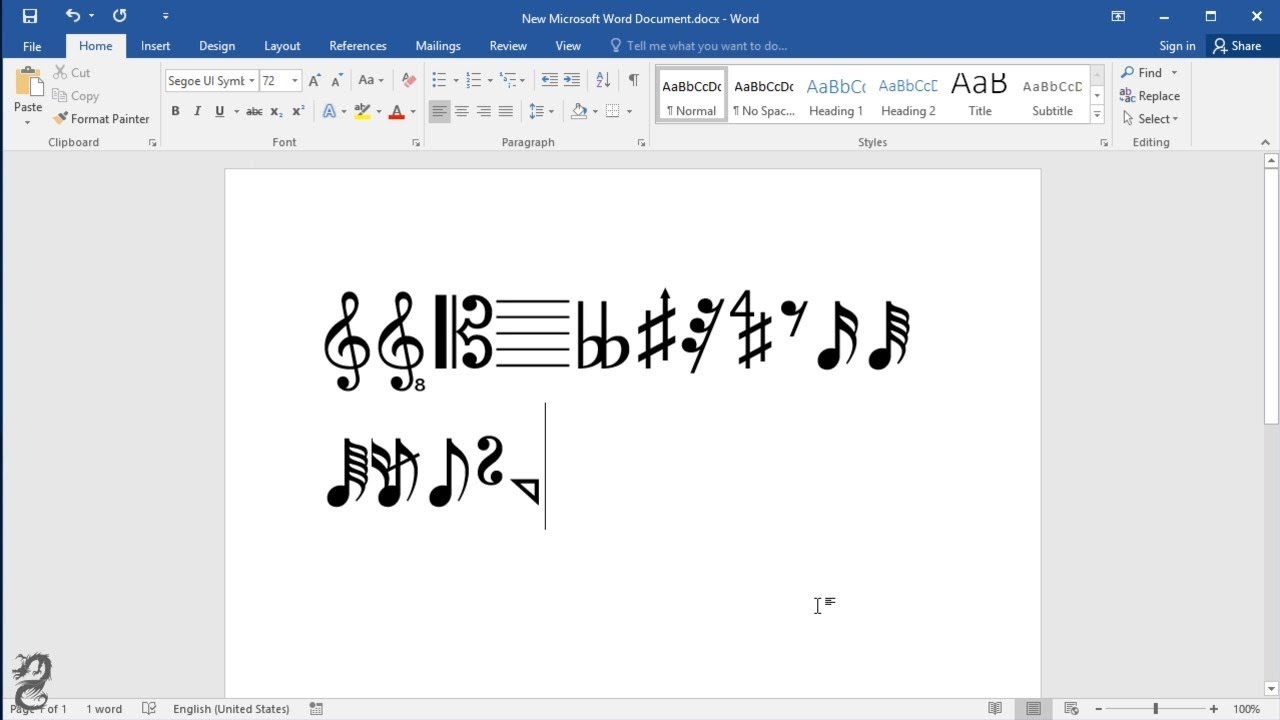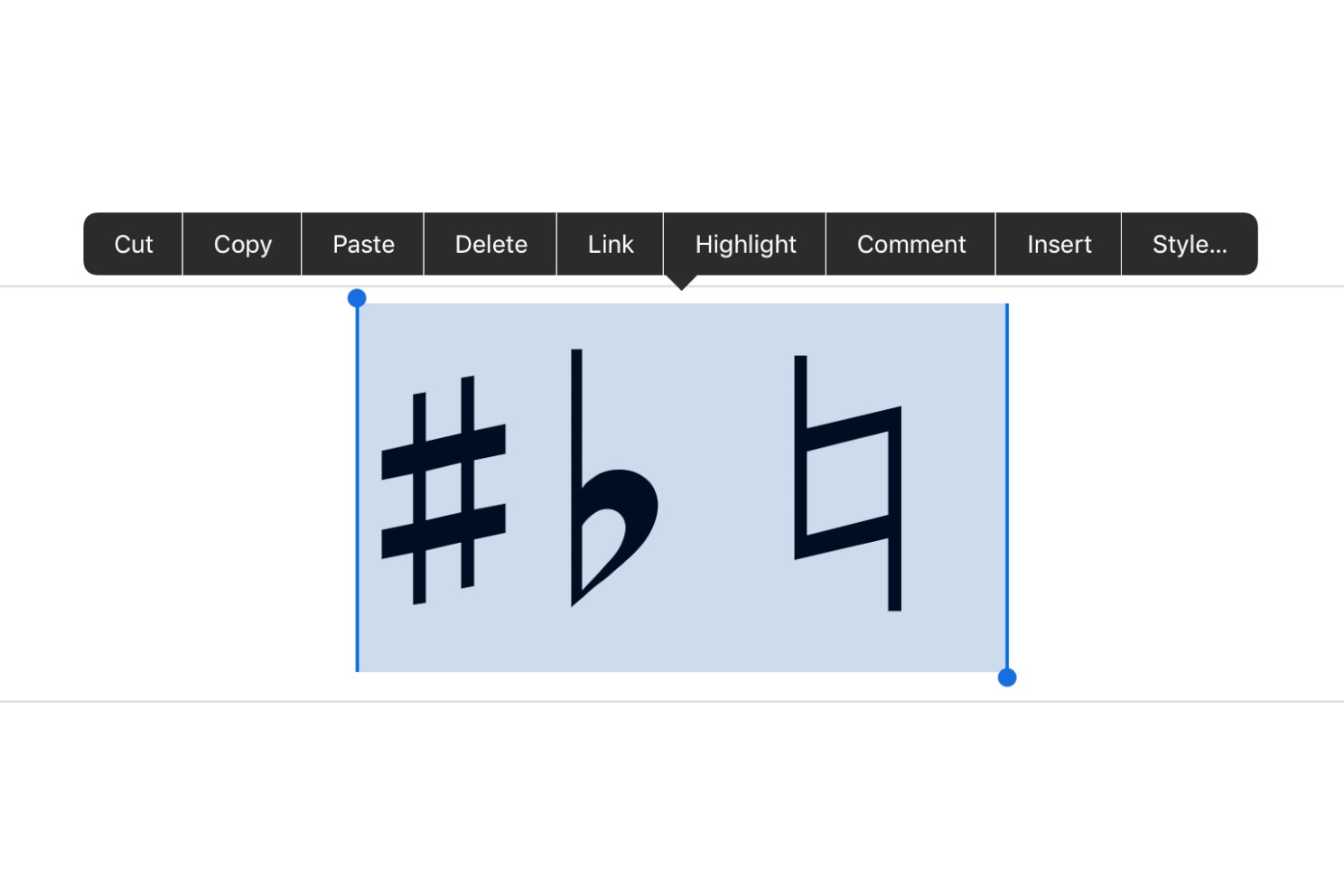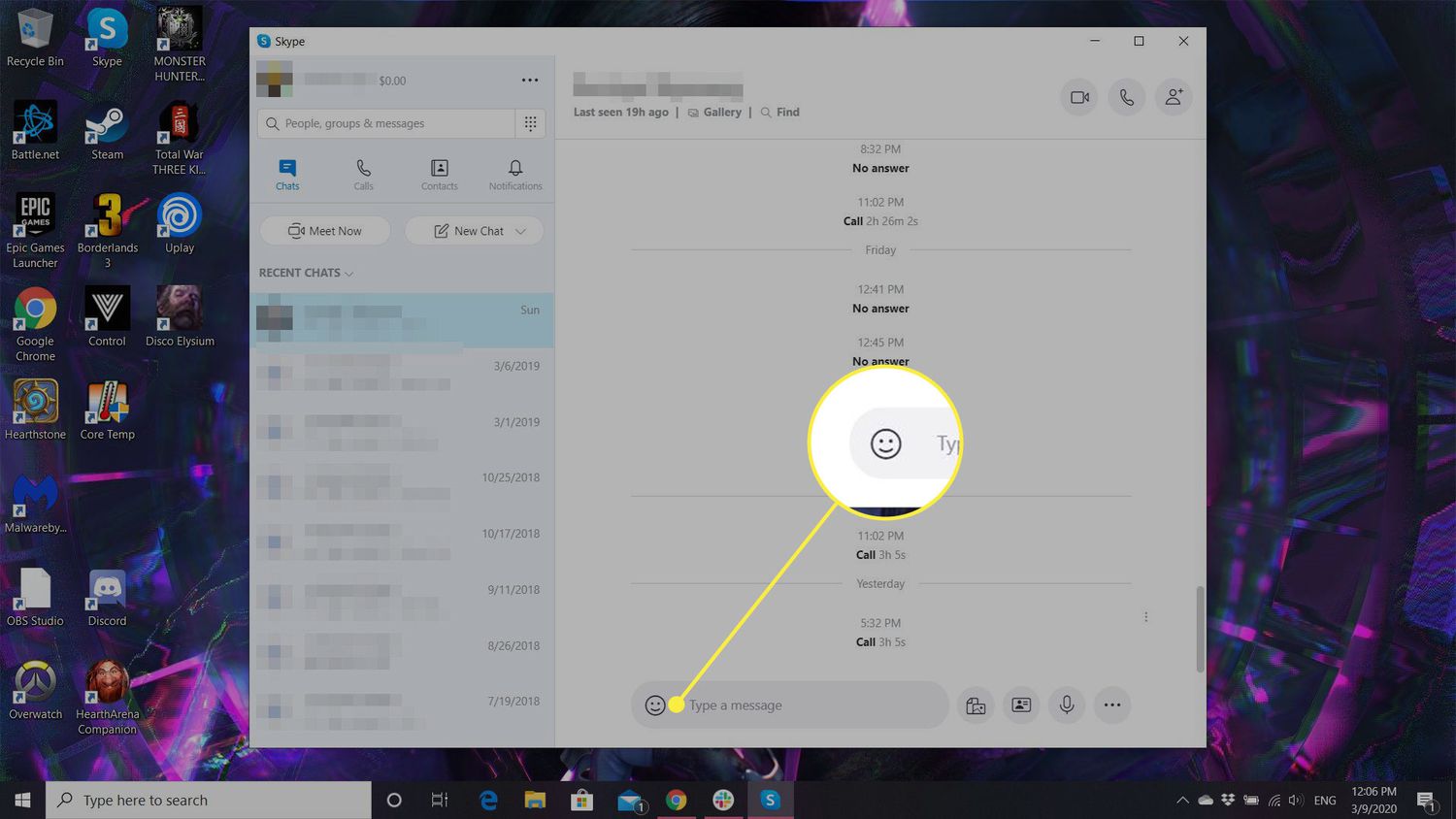Home>Events & Info>Note>How To Accentuate A Note Sheet Music


Note
How To Accentuate A Note Sheet Music
Published: December 5, 2023
Learn how to accentuate notes in sheet music with our step-by-step guide. Enhance your musical expression and make your melodies stand out.
(Many of the links in this article redirect to a specific reviewed product. Your purchase of these products through affiliate links helps to generate commission for AudioLover.com, at no extra cost. Learn more)
Table of Contents
Introduction
The art of accentuating notes in sheet music is an essential skill for musicians seeking to add nuance and expression to their performances. Understanding how to accentuate specific notes can significantly enhance the dynamics, phrasing, and overall interpretation of a musical piece.
Accentuation involves emphasizing certain notes or musical elements to create contrast, highlight musical ideas, and evoke emotive responses from the audience. It allows musicians to bring out the musicality of a composition and breathe life into the notes on the page.
In this article, we will explore various techniques and strategies for accentuating notes in sheet music. We will delve into the importance of dynamic markings, articulations, note duration, phrasing, accents, and stresses. Additionally, we will discuss subtle accentuation techniques that can add depth and richness to a musical performance.
Whether you’re a classical pianist, a jazz guitarist, or an aspiring singer, mastering the skill of accentuating notes will elevate your musicality and captivate your audience. So, let’s dive into the world of note accentuation and discover how it can transform your musical performances.
Understanding Note Accentuation
Before we dive into the techniques for accentuating notes in sheet music, let’s first understand what note accentuation is and why it is important in music.
Note accentuation involves emphasizing certain notes in a musical phrase to create a sense of emphasis or contrast. This enhances the overall expressiveness, dynamics, and musicality of a composition. By highlighting specific notes, musicians can create a variety of effects, such as adding drama, tension, or excitement to a performance.
Accentuated notes stand out from the surrounding musical material and grab the listener’s attention. They help shape the musical narrative and convey the intended emotions or musical ideas of the composer.
It’s important to note that accentuation is not limited to playing a note louder. While volume can be a part of it, accentuation involves a combination of different elements, including dynamics, articulations, note duration, phrasing, and subtle nuances in playing.
By understanding how to accentuate notes, musicians can bring out the inherent musicality and intention of a composition. They can highlight important melodic lines, create contrast between different sections, and add depth and expression to their performances.
Now that we have a basic understanding of note accentuation let’s explore various techniques and strategies that can be used to accentuate notes in sheet music.
Techniques for Accentuating Notes in Sheet Music
To effectively accentuate notes in sheet music, musicians can employ a variety of techniques and strategies. These techniques involve elements such as dynamics, articulations, note duration, phrasing, accents, stresses, and subtle nuances. Let’s explore each of these techniques in more detail:
- Dynamic Markings: One of the most common ways to accentuate a note is through dynamic markings. By varying the volume of a note or a phrase, musicians can create emphasis and make certain notes stand out. This can be achieved by following the markings indicated in the sheet music, such as forte (loud), piano (soft), crescendo (gradually getting louder), or decrescendo (gradually getting softer).
- Articulations: Articulations play a crucial role in accentuation. Techniques such as staccato (short and detached), marcato (strongly accented), or tenuto (sustaining the full value of a note) can be used to highlight specific notes and create a sense of distinction and expression.
- Note Duration: The duration of a note can also contribute to its accentuation. Long notes can be given emphasis by holding them slightly longer than the surrounding notes, while short notes can be played with extra precision and clarity to draw attention.
- Phrasing: Another effective technique for accentuating notes is through thoughtful phrasing. By grouping notes together and creating musical phrases, musicians can highlight important notes within a phrase and create a sense of flow and direction.
- Accents and Stresses: Accents are markings placed above or below a note indicating that it should be played with extra emphasis. These accents can be used to highlight specific notes within a phrase or to create rhythmic emphasis in a particular musical passage. Additionally, musicians can add stresses to notes by slightly increasing the attack or intensity of the sound to make them stand out.
- Subtle Accentuation Techniques: Beyond the obvious techniques, musicians can incorporate subtle nuances and personal interpretation to accentuate notes. This can include adding slight rubato (tempo variations), dynamic swells and fades, and waveform shaping to bring out the desired expressiveness and emotion in the music.
By leveraging these techniques and exploring the nuances of note accentuation, musicians can elevate their performances, breathe life into their interpretations, and captivate their audience.
Dynamic Markings
Dynamic markings play a crucial role in accentuating notes in sheet music. They indicate the intended volume or intensity at which a note or phrase should be played, allowing musicians to create contrast and emphasize specific musical elements.
Dynamic markings are typically represented by Italian terms, such as piano (soft), forte (loud), mezzo piano (moderately soft), and mezzo forte (moderately loud). These markings provide a general guideline for the overall volume level, but they can also vary within a particular phrase or musical passage.
When encountering a dynamic marking in the sheet music, it’s essential to understand its intended effect and adjust the volume accordingly. For example, if a note is marked as forte, it should be played with a stronger and more pronounced sound compared to the surrounding notes. Similarly, if a passage is marked with a gradual dynamic change, such as crescendo (getting louder) or diminuendo (getting softer), the accentuation of notes should reflect these changes to create a sense of musical progression.
It’s important to note that dynamic markings are not rigid rules but rather indications that allow for interpretation. Musicians have the flexibility to bring their own artistic interpretation and understanding to the dynamic markings, considering the context of the piece, the emotional expression desired, and their personal playing style. This enables them to add their unique touch and musicality to the accentuation of notes.
In addition to the written dynamic markings, musicians can further enhance the accentuation of notes by utilizing subtle changes in volume. They can dynamically shape individual notes within a phrase, emphasizing the important ones and creating a sense of ebb and flow in the music. By artfully controlling the volume levels, musicians can bring out the desired expression, draw attention to certain notes, and create a captivating musical narrative.
Dynamic markings not only enhance the accentuation of notes but also contribute to the overall musicality and emotional impact of a performance. They add depth, contrast, and excitement, allowing the music to resonate with the audience on a more profound level.
Articulations
Articulations are crucial elements in accentuating notes in sheet music. They provide instructions on how to perform a note or a series of notes, affecting the attack, duration, and release of each note. By utilizing different articulations, musicians can add emphasis and distinction to specific notes, enhancing the overall expression and musicality of a composition.
One common articulation is staccato, which is indicated by a dot placed above or below a note. Staccato notes are played shorter and detached from the surrounding notes, creating a sense of crispness and agility. By employing staccato articulation on certain notes, musicians can draw attention to them and create a sense of contrast within a phrase.
Another articulation technique is legato, which indicates smooth and connected notes. Legato notes are played with minimal interruption, allowing the music to flow seamlessly. While legato articulation generally promotes a smooth and connected sound, musicians can still emphasize certain notes within a legato phrase by subtly applying slightly more pressure or emphasis to those specific notes.
Marcato, indicated by a wedge-shaped accent (^) above or below a note, is an articulation technique that emphasizes a note with a strong and accented attack. Marcato notes are played with intensity, and their duration can be slightly extended to give them more prominence. This articulation can add a bold and punctuated quality to the accented note, making it stand out from the surrounding material.
Additionally, various other articulations, such as tenuto (sustaining the full value of a note) or accents, can further enhance the accentuation of notes. Tenuto notes are played with a slightly longer duration, ensuring that they receive the desired emphasis. Accents, similar to the marcato articulation, instruct the musician to give an extra emphasis to a specific note to bring it to the forefront of the musical phrase.
By carefully observing and implementing the indicated articulations in the sheet music, musicians can effectively accentuate notes and convey the desired expression. However, it’s also important to remember that artistic interpretation plays a significant role in articulation. Musicians can use their own musical intuition to add subtle variations and nuances to the indicated articulations, allowing their personal interpretation to shine through in their performances.
Articulations provide a powerful tool for accentuating notes in sheet music, allowing musicians to shape the musical phrase and draw attention to important melodic or rhythmic elements. By understanding and utilizing these articulation techniques, musicians can bring depth, clarity, and expressive qualities to their performances.
Note Duration
Note duration plays a significant role in accentuating notes in sheet music. By manipulating the duration of certain notes, musicians can add emphasis, create rhythmic interest, and make specific notes stand out within a musical phrase.
The duration of a note refers to how long it is held relative to other notes in a composition. Longer notes tend to naturally draw more attention, while shorter notes can add a sense of rhythm and energy to the music. By strategically adjusting the duration of individual notes, musicians can shape the overall dynamics and accentuation of a piece.
In order to accentuate a note through duration, musicians can slightly lengthen its duration compared to the surrounding notes. This subtle extension gives the note more emphasis and allows it to become a focal point within the phrase. Conversely, if the surrounding notes are longer, a strategically placed shorter note can create contrast and catch the listener’s attention.
Additionally, musicians can use rhythmic variations to accentuate notes. By altering the rhythm surrounding a note, such as incorporating syncopation or unexpected pauses, musicians can create a sense of tension and buildup leading to the accented note. This rhythmic manipulation adds further emphasis and makes the accented note more impactful.
It’s important to note that the choices made regarding note duration should align with the stylistic and expressive intentions of the music. Different genres and musical styles often have specific conventions and traditions when it comes to note durations. By understanding the context and genre of the composition, musicians can make informed decisions on how to accentuate notes through duration while respecting the overall musical style.
Ultimately, note duration provides a powerful tool for musicians to accentuate notes, highlight important melodic elements, and shape the overall musical narrative. By strategically manipulating the duration of notes, musicians can add depth, contrast, and expressive qualities to their performances, captivating the audience and conveying the desired musical expression.
Phrasing
Phrasing is a fundamental element in music that can greatly contribute to the accentuation of notes in sheet music. It involves grouping notes together to create a sense of musical structure, expression, and continuity. By understanding the phrasing of a composition, musicians can effectively accentuate certain notes and bring out the intended musical ideas.
Phrases in music are like sentences in language – they convey a complete musical thought or idea. Each phrase typically consists of a musical gesture, often starting and ending with a cadence or a sense of closure. By carefully delineating the phrases in a piece of sheet music, musicians can highlight important notes and create a sense of musical conversation and direction.
When accentuating notes through phrasing, musicians can emphasize the first and last notes of a phrase. These notes act as musical bookends, indicating the beginning and end of a musical idea. By giving added weight to these notes, musicians can draw attention and create a sense of closure or anticipation.
In addition to emphasizing the first and last notes, musicians can also accentuate pivotal or climax points within a phrase. These moments often represent the peak of intensity or emotional expression in the music. By bringing out these crucial notes through dynamics, articulations, or slight variations in timing, musicians can heighten the impact and significance of these moments.
Furthermore, phrasing can also influence note groupings and the use of slight pauses or breaths within a phrase. By carefully considering the breath marks or natural pauses indicated in the sheet music, musicians can create micro-accentuations within a phrase. These pauses allow the listener to absorb the preceding notes and bring attention to the subsequent notes.
Interpreting phrasing requires understanding the composer’s intentions and musical style. It is essential to study the structure and melodic contour of the music, listening for natural points of tension and release. By internalizing the phrasing, musicians can bring a sense of authenticity and coherence to their performances.
Ultimately, phrasing serves as a powerful tool for accentuating notes, shaping the overall musical arc, and conveying the desired musical expression. By attentively observing the phrasing indicated in the sheet music and making deliberate interpretive choices, musicians can highlight important notes, create musical tension and release, and bring the music to life.
Accents and Stresses
Accents and stresses are specific markings or techniques used to bring attention to individual notes in sheet music. They provide a way for musicians to accentuate certain notes, adding emphasis and rhythmic interest to their performances.
An accent is a symbol placed above or below a note, typically represented by a small arrow-like mark. It indicates that the note should be played with additional emphasis, making it stand out from the surrounding notes. Accents give a note more attack, creating a punchier and more pronounced sound. They can be applied to various notes within a musical phrase, adding dynamic and rhythmic contrast to the music.
In addition to accents, musicians can also apply stresses to notes to further accentuate them. Stresses involve slightly increasing the attack or intensity of a note, without the use of a specific symbol. Musicians can achieve this by adding more pressure to the key or string, causing the note to sound with greater force and impact. Stresses can be used subtly or dramatically, depending on the desired effect and the musical context.
Both accents and stresses serve to highlight specific notes within a musical passage, drawing the listener’s attention and adding a sense of intensity and excitement to the performance. They can be particularly effective in rhythmic or syncopated passages, where the accents or stresses create a strong sense of pulse and drive.
It’s important for musicians to follow the indicated accent markings provided in the sheet music. However, they also have the freedom to interpret and adjust the application of accents and stresses based on their artistic interpretation and understanding of the music. This allows musicians to bring their own unique nuances and expression to the accentuation of notes.
By utilizing accents and stresses, musicians can create rhythmic interest, highlight important melodic lines, and add dynamic variation to their performances. These techniques contribute to the overall musicality and expressiveness of a piece and offer musicians another layer of tools to bring out the intended musical ideas and emotions.
Subtle Accentuation Techniques
In addition to the more overt techniques discussed earlier, there are subtle accentuation techniques that musicians can employ to add depth and nuance to their performances. These techniques involve leveraging various musical elements to accentuate notes in a more nuanced and intuitive manner.
One such technique is rubato, which refers to the slight variation of tempo within a musical phrase. By subtly stretching or compressing the timing of certain notes, musicians can create a sense of flexibility and freedom, accentuating specific notes and adding a sense of expressive phrasing to the music. This technique is particularly effective in lyrical pieces where emotional expression and musical interpretation are paramount.
Another subtle accentuation technique involves waveform shaping. By sculpting the shape of each note’s sound, musicians can subtly emphasize certain notes within a phrase. For example, giving a tiny swell of volume to a note or tapering the sound towards the end can draw attention to that particular note without drastically changing the overall dynamics. This technique adds a level of finesse and artistry to the accentuation process.
Articulation variations are another way to subtly accentuate notes. By utilizing slight variations in articulation from the indicated notations, musicians can add personal touches and emphasize specific notes. For example, introducing a gentle breathiness to a particular note or applying a softer touch through the use of a lighter bow or softer finger pressure can make that note stand out while maintaining the overall flow of the music.
Vibrato, a technique commonly used in instrumental and vocal performances, can also contribute to subtle accentuation. By applying vibrato selectively to certain notes, musicians can add warmth, intensity, and richness to those notes. Vibrato can be increased or diminished to highlight specific elements of the music and add a touch of personal expression.
The use of dynamics and subtle tonal variations can further accentuate notes. By incorporating gradual changes in volume, musicians can create a sense of ebb and flow within a phrase, strategically emphasizing certain notes. Similarly, experimenting with slight changes in tone quality, such as brightness or darkness, can highlight specific notes and add color and texture to the music.
These subtle accentuation techniques require a deep understanding and connection with the music, as well as the ability to listen closely and respond intuitively. By integrating these techniques into their performances, musicians can elevate the musical interpretation, capture the subtleties of the composition, and create a more engaging and emotionally resonant experience for the audience.
Conclusion
Mastering the art of accentuating notes in sheet music is a valuable skill that can greatly enhance a musician’s performances. Through various techniques such as dynamic markings, articulations, note duration, phrasing, accents, and subtle nuances, musicians can bring out the musicality, expression, and intended emotions of a piece.
Dynamic markings provide guidance on volume levels, allowing musicians to emphasize certain notes and create contrast within a musical phrase. Articulations offer a range of techniques, such as staccato, legato, and marcato, to add distinctiveness and clarity to specific notes. Note duration plays a crucial role in highlighting individual notes and creating rhythmic interest. Phrasing helps shape the musical structure and directs attention to important notes within a phrase.
Accents and stresses bring attention to specific notes, adding impact and intensity to a musical passage. By applying these techniques strategically, musicians can create rhythmic drive, highlight melodic lines, and convey emotion effectively.
Additionally, subtle accentuation techniques such as rubato, waveform shaping, articulation variations, vibrato, and dynamic and tonal variations add depth, nuance, and personal expression to a performance.
Understanding and implementing these techniques require a combination of technical precision, musical intuition, and interpretive nuance. Musicians must carefully study the sheet music, grasp the composer’s intentions, and bring their own artistic interpretation to the accentuation process.
Ultimately, the mastery of accentuating notes allows musicians to elevate their performances, captivate their audience, and convey the essence of a musical composition. It adds depth, expression, and an element of personal interpretation to the music, turning the notes on the page into a powerful and emotive performance.
By honing the skills of note accentuation, musicians can elevate their musicality, engage their audience, and deliver captivating performances that truly capture the essence of a musical composition.











